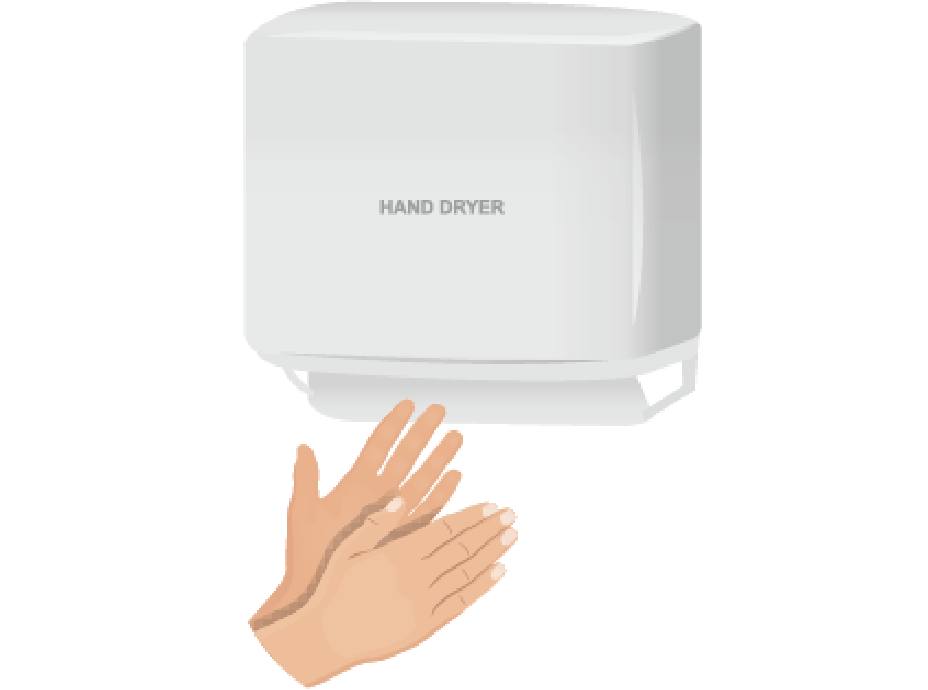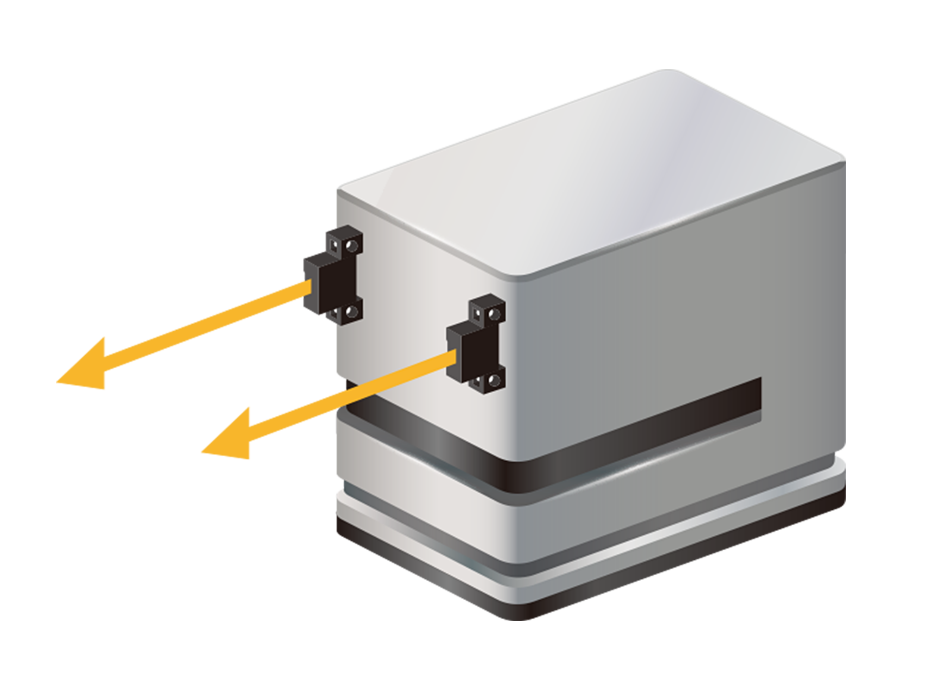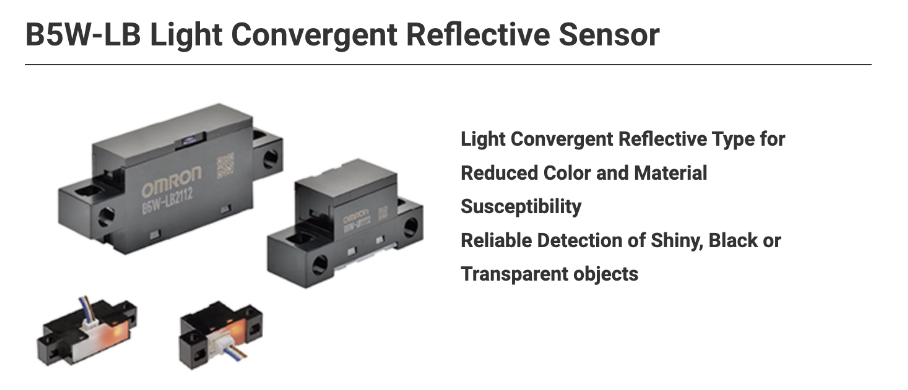Reflective Sensors Guide and Application
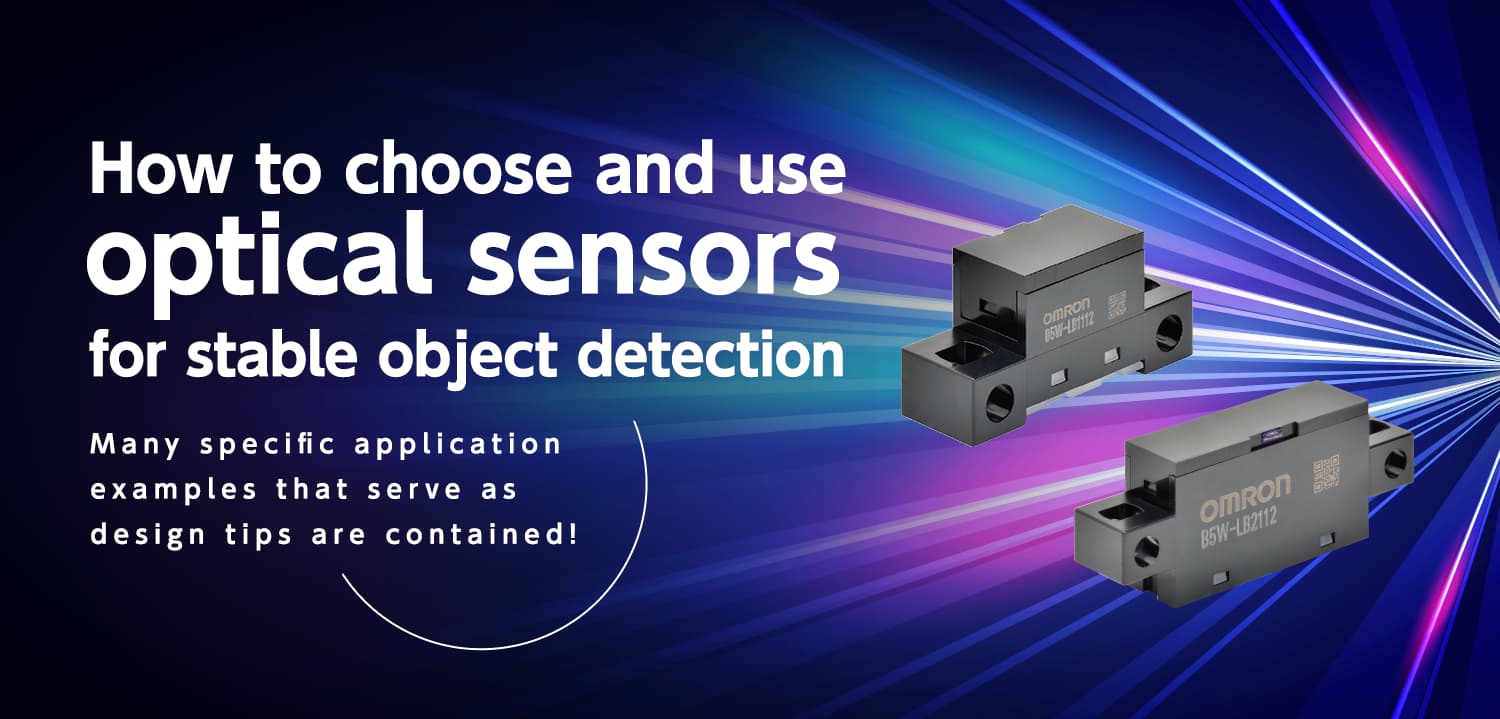
- How to stably detect an object using an optical sensor
- Stable detection with OMRON's reflective sensors!
- Features of Light Convergent Sensors
- Features of Light Diffuse Reflective Sensors
When using reflective sensors, various application factors affect the object detection of optical sensors. In particular, black, glossy, or transparent objects are difficult to be detected stably by conventional optical sensors. OMRON's light convergent/diffuse reflective sensors (B5W series) solve these problems by realizing stable detection in your equipment.
This section provides an easy-to-understand explanation of the types and features of the B5W series to help you correctly understand the performance of our optical sensors.
In addition, this section details examples of solutions to your challenges and requests, using specific application examples that provide tips for designing analysis equipment, packaging machines, sanitary equipment, parts conveying equipment, automatic guided vehicles, etc.
How to stably detect an object using an optical sensor
In order to stably detect various objects using optical sensors in various devices and equipment;
- understand the types of optical sensors, their detection principles and features,
- choose optimal optical sensors for the application, and
- install and use them correctly to maximize their performance.
Especially when using reflective sensors, various application factors affect object detection, such as shape, size, color, surface conditions, and detection distance of the object to be detected, as well as the surrounding environment, such as ambient light.
In general, it is difficult for reflective optical sensors to stably detect (1) low-reflectance objects such as black objects, (2) glossy objects such as mirrors, and (3) transparent objects such as glasses.
"Stable object detection" refers to the state in which the sensor is able to reliably detect objects without malfunctioning, even if various factors related to the amount of light received by the sensor fluctuate within the range assumed in the equipment design.
In other words, it is important that sensors are chosen and used correctly to provide sufficient margin against variable factors. Long-term "stable detection" ultimately leads to improved reliability of devices and equipment.
For more information, see the FAQs for Engineers: Sensors (e.g., Search for "stable detection").
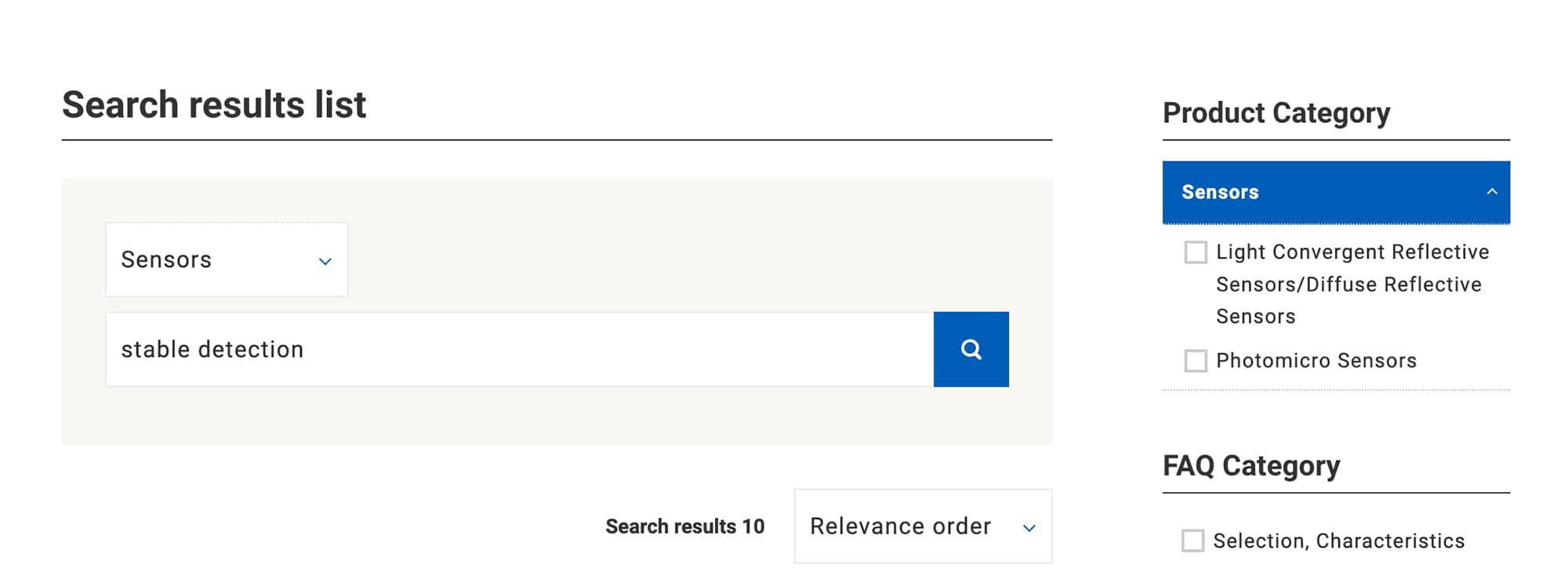
Stable detection with OMRON's reflective sensors!
Two options: light convergent reflective sensors and light diffuse reflective sensors
OMRON's reflective sensor for built-in equipment, B5W series, is a small-sized advanced optical sensor that incorporates a photomicrosensor with optical lens, an LED pulse-driven circuit (modulated light), and a circuit that is less sensitive to ambient light. The B5W series is used in various applications because it can detect objects that were difficult to stably detect with photomicrosensors (photointerrupters) and distant objects.
OMRON's reflective sensors are available in two types: light convergent reflective sensors that are less sensitive to colors and materials of the object to be detected, such as shiny, black, and transparent objects, and light diffuse reflective sensors that can detect distant objects.
1. Light Convergent Reflective Sensor: B5W-LB Series
Light convergent reflective sensors less susceptible to colors and materials
Reliably detect even shiny, black, and transparent objects
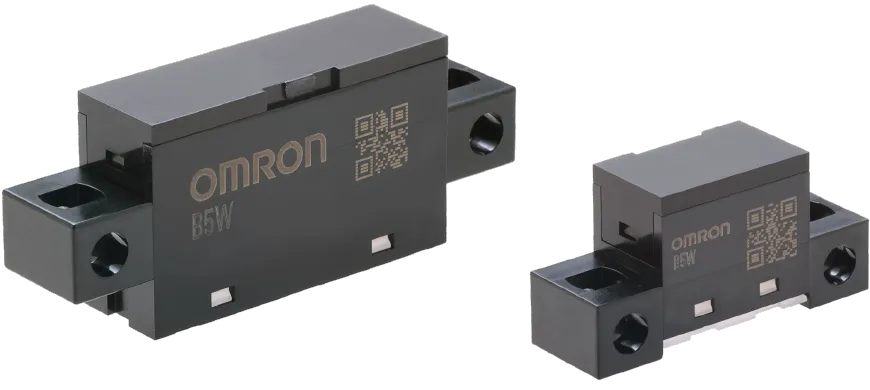
2. Light Diffuse Reflective Sensor: B5W-DB Series
Super miniature light diffuse reflective sensor capable of detecting a distant object up to 550 mm
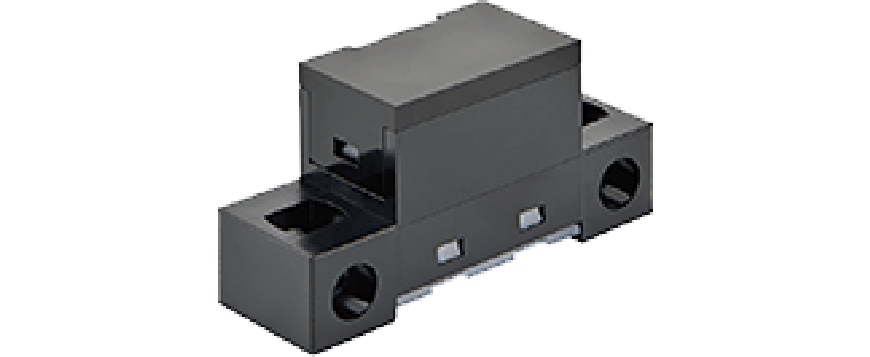
What is the difference between the light convergent sensor and the light diffuse reflective sensor?
Reflective optical sensors are generally classified into light diffuse reflective and light convergent reflective types.
The light diffuse reflective sensor is installed with the emitting beam and the light-receiving path parallel to each other. On the other hand, the light convergent reflective sensor is installed with the light path directed toward the targeted sensing area and is optically designed to capture specular reflection light from the surface of the object to be detected. Furthermore, as shown in the sensing distance characteristic chart below, the optical lens design enables the light diffuse reflective sensor to detect distant objects and the light convergent reflective sensor to detect even low reflectance, glossy and transparent objects, and the sensing area is limited and is effective when there is an object (background) behind the object that should not be detected.
Light diffuse reflective sensor
The sensing area is not limited.

Light convergent reflective sensor
The sensing area is limited.

- How to stably detect an object using an optical sensor
- Stable detection with OMRON's reflective sensors!
- Features of Light Convergent Sensors
- Features of Light Diffuse Reflective Sensors
1. Features of Light Convergent Reflective Sensor: B5W-LB Series
OMRON's light convergent reflective optical sensors for built-in equipment, B5W-LB series, provides three values to customers.
- The optical design enables stable detection of various objects, contributing to improved equipment reliability.
- The wide sensing range makes it more resistant to object misalignment, thus improving the flexibility in structural design of equipment.
- The B5W-LB series comprises an abundant lineup that meets various needs, such as equipping operation indicator lamps and supporting various power supply voltages (DC5V, DC12V, DC24V). Therefore, it can be incorporated into various commercial equipment.
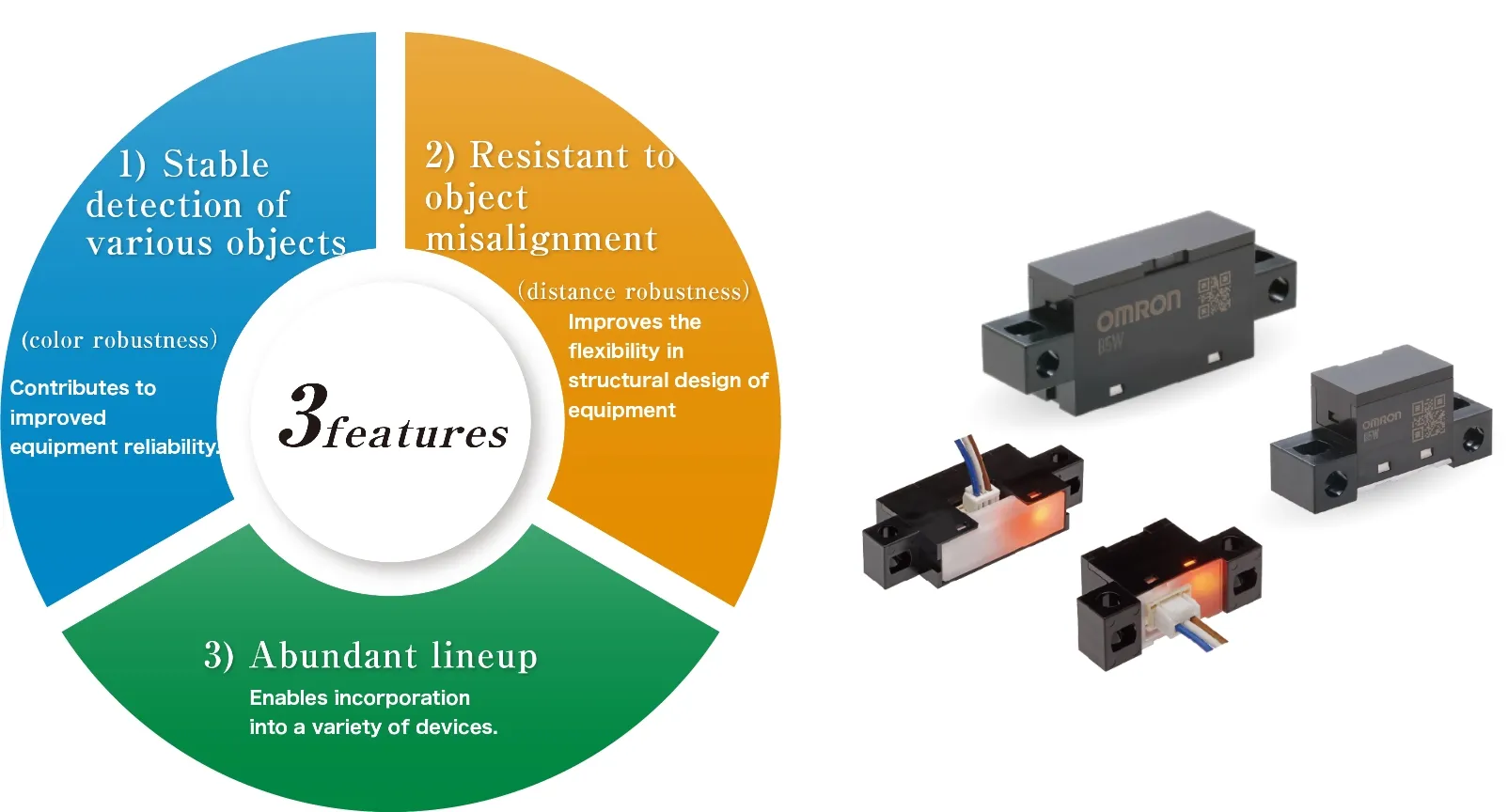
1) Stable detection of various objects (Color robustness)
Optical characteristics of the light convergent reflective sensor B5W-LB series enable stable detection of objects that are difficult to be detected by conventional reflective sensors, such as shiny, black, and transparent objects. This contributes to improved equipment reliability.

Past problem
Conventional optical sensors are unstable in detecting shiny, black, and transparent objects, sometimes resulting in equipment malfunctions and short-time breakdowns of the device.
Solution!
OMRON's light convergent reflective sensors enable stable detection of various objects, contributing to improved equipment reliability.
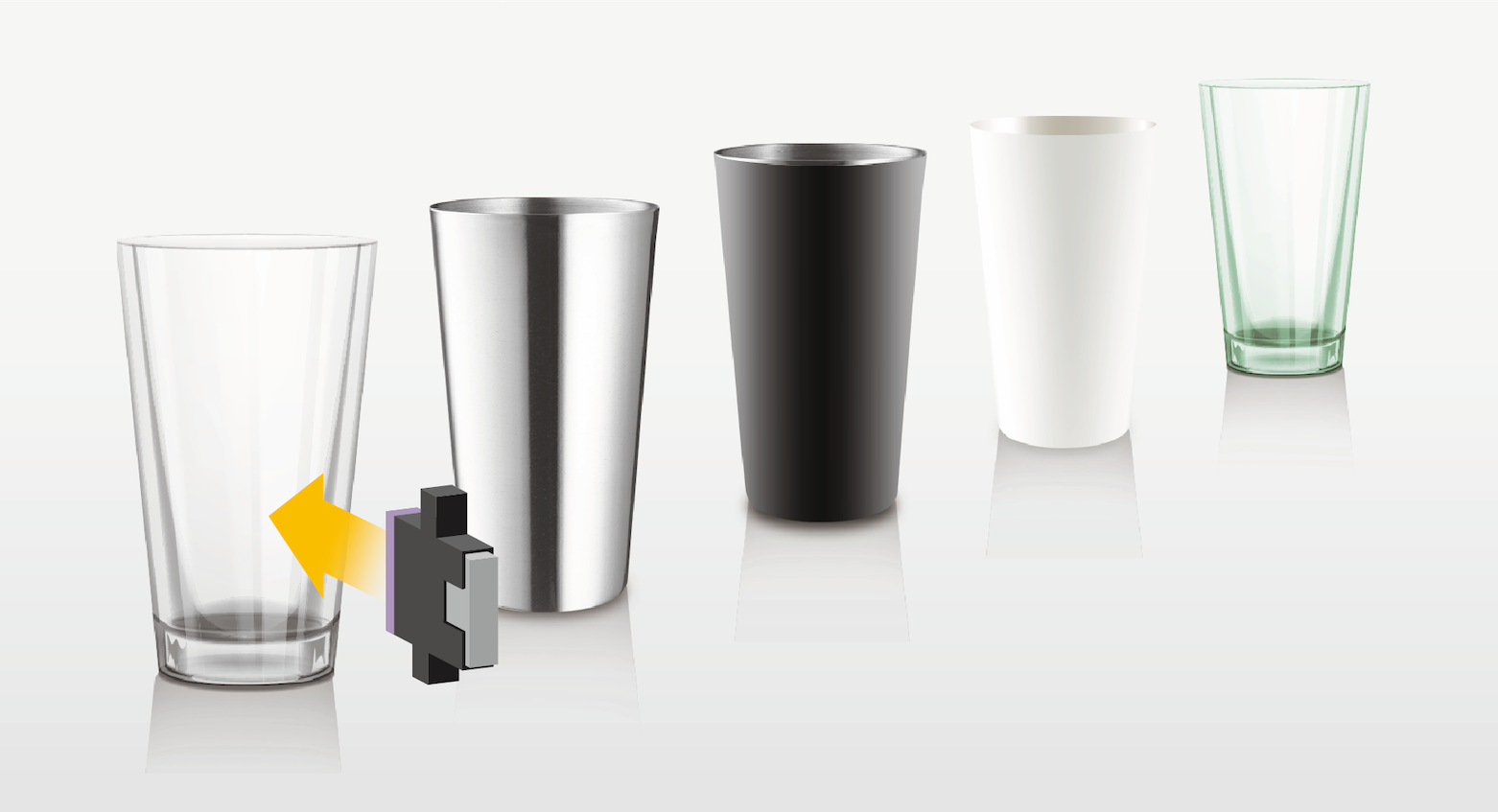

Optical simulations were used in the design of these lenses to provide robustness of both color and distance.

The low amount of reflected light of black and transparent objects made them unstable to be detected.

The structure uses four types of toroidal lenses to enable stable sensing, even minimal light levels.

2) Resistant to object misalignment (Distance robustness)
The light convergent reflective sensor B5W-LB series is optically designed to have a wide sensing range for various objects, thus enabling stable detection even if the object is misaligned. This allows for greater flexibility in structural design of equipment.

Past problem
Conventional optical sensors have a narrow sensing distance range for black and transparent objects, so the structure of the equipment must be designed in such a way that objects are not misaligned.
Solution!
OMRON's light convergent reflective sensors provide stable detection even if the object is misaligned. This improves the flexibility in structural design of equipment.
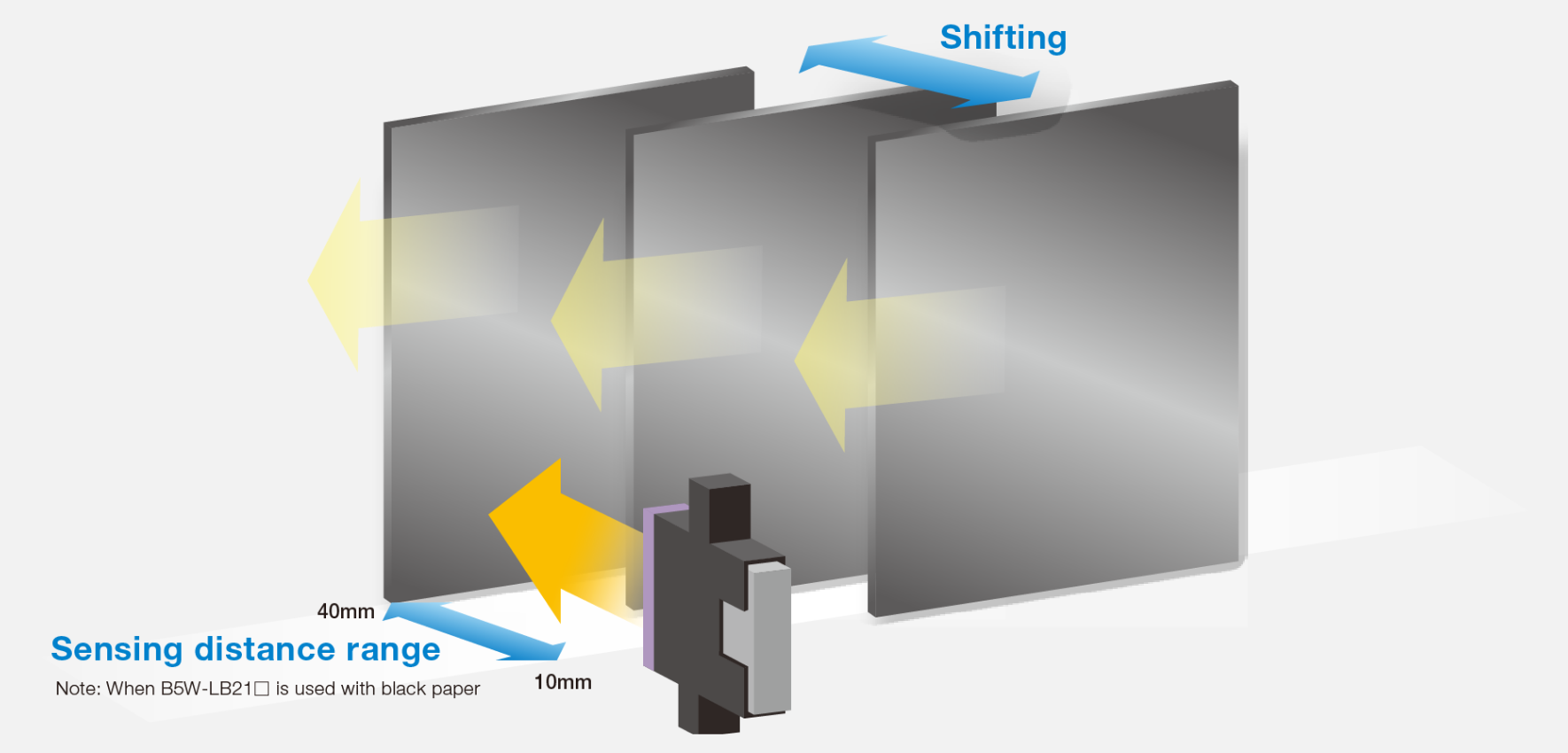

Capable of sensing workpieces of various colors over a wide sensing range
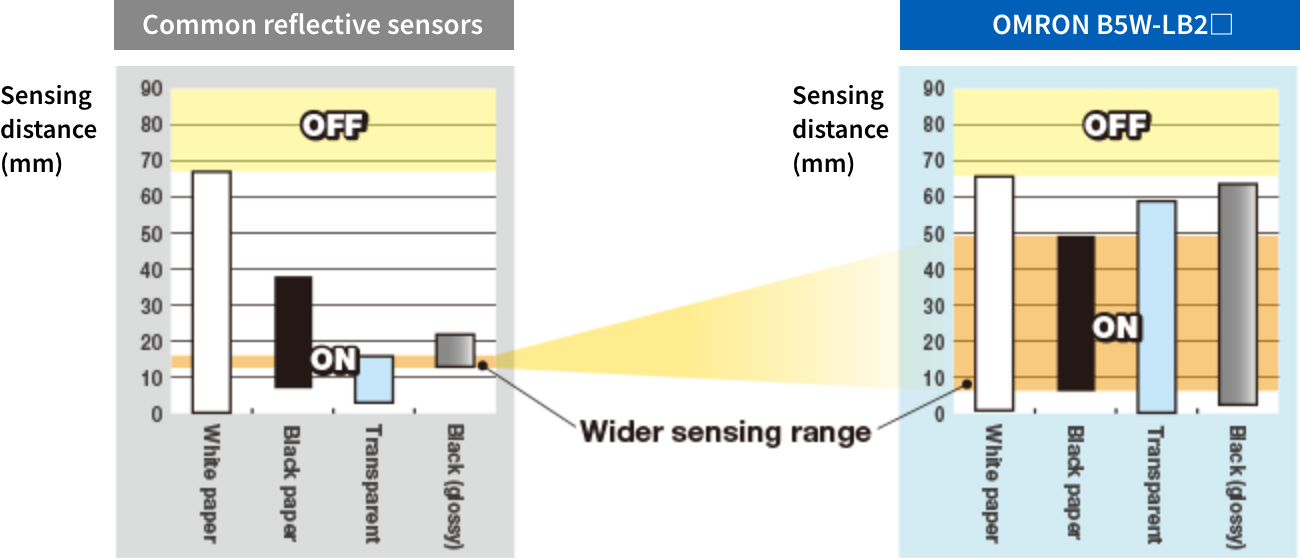
The light convergent reflective sensor B5W-LB series reliably detects the object without being affected by the background. This increases the degree of freedom in sensor installation locations and contributes to equipment miniaturization.
Past problem
With conventional optical sensors,
① black objects could not be detected when the sensing distance was adjusted to a white object.
② a white background was detected when the sensing distance was adjusted to a black object.
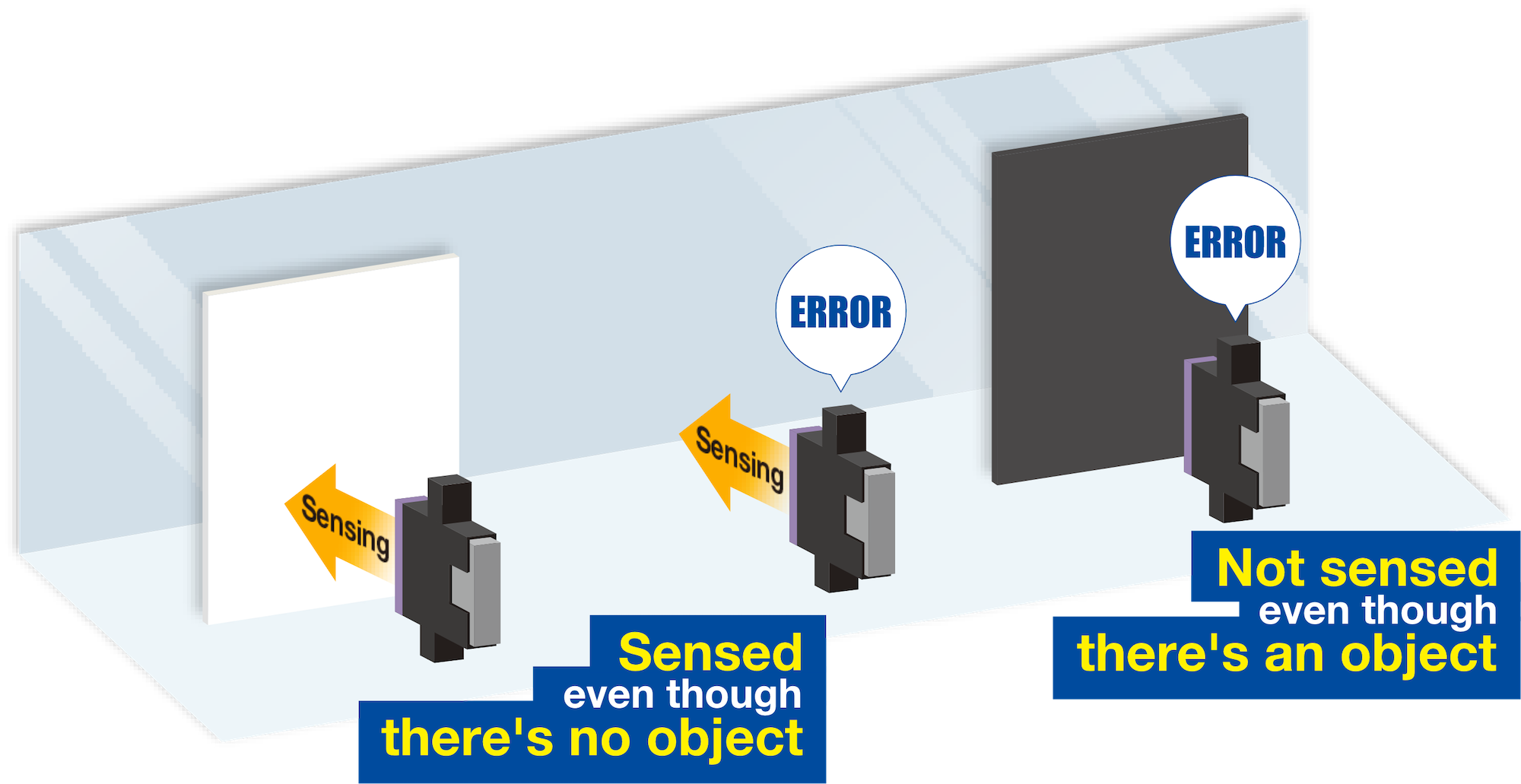
Solution!
OMRON's light convergent reflective sensors can reliably detect objects regardless of their color or background.
This improves the flexibility in structural design of equipment and contributes to the miniaturization of equipment.


Light Convergent Reflective Sensor Principles
The sensor is optically designed to capture the regular reflection component from the object to be detected by positioning the sensor's light-emitting beam (red line in the right figure) and light-receiving area (blue line) toward the targeted detection area. Therefore, the sensor has a limited sensing area and is effectively used when an object which should not be detected, such as a background, is behind the sensing objects.

3) Abundant lineup
The light convergent reflective sensor B5W-LB series can be incorporated into various commercial equipment and devices due to its extensive lineup that meets various needs for sensing distances and sizes, indicator lights, and power supply voltages (DC5V, DC12V, DC24V).
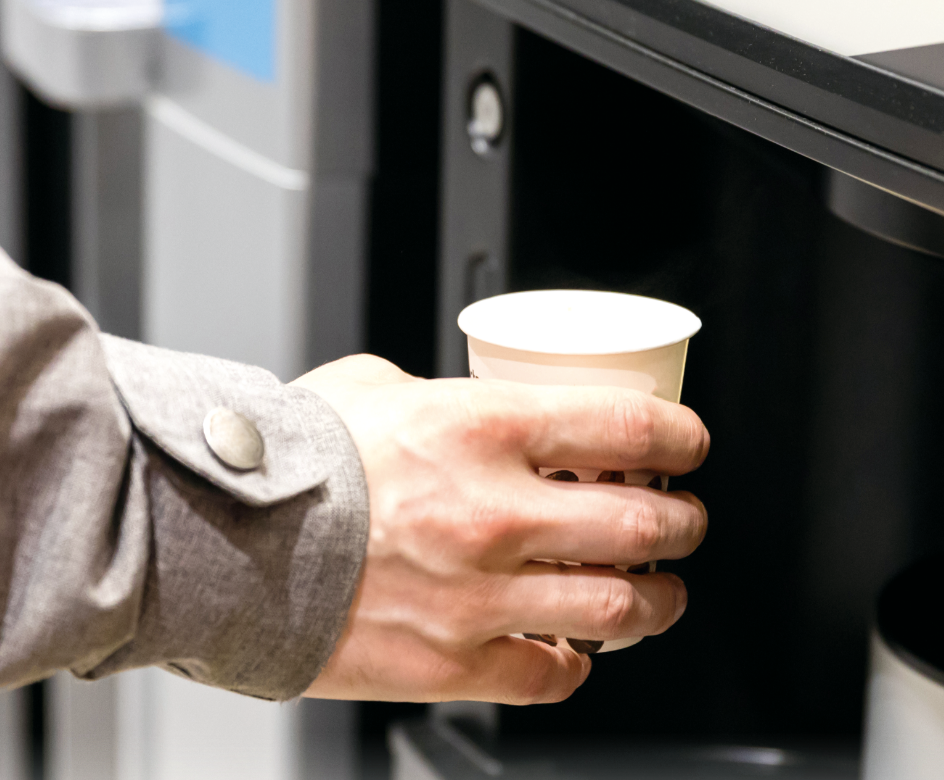
Past problem
Photointerrupter had the following problems:
① The sensors do not have an operation indicator light, making it difficult to adjust the position of the object.
② The sensors cannot be used as they are with the general power supply voltage of 24 V for commercial equipment, etc.
Solution!
OMRON's light convergent reflective sensors can be incorporated into various commercial equipment and devices with their abundant and extensive lineup.


eq uipment and models w ith indicator lamp.



Note: Only digital output type
- How to stably detect an object using an optical sensor
- Stable detection with OMRON's reflective sensors!
- Features of Light Convergent Sensors
- Features of Light Diffuse Reflective Sensors
2. Features of Light Diffuse Reflective Sensor: B5W-DB Series
OMRON's light diffuse reflective sensor B5W-DB series for built-in equipment has the following features:
1) Long distance detection is possible, enabling detection of objects that are far from the equipment.
* Click the equipment name for details of application examples.
Depending on where the equipment is installed, if there are background or other objects that should not be detected, the B5W-DB11A1ーA is available with a variable sensing distance.
2) Designed to be less susceptible to ambient light.

* Make sure that the receiver lens of the sensor is not exposed to direct light from outside. And confirm that there is no malfunction due to ambient light in the actual environment before use.
3) Ultra-small and simple shape for easy incorporation into equipment, and screw mountable from four directions, allowing for greater flexibility in structural design of equipment.

This section provides detailed explanations of your challenges and requests and their solution examples, using specific application examples that serve as design tips so that you can effectively use OMRON's built-in type reflective sensor B5W series.
Application Examples 1 - Use of light convergent reflective sensors -

Example 1-01
Analysis Equipment A
Transparent object detection, etc.

Example 1-02
Analysis Equipment B
Glossy surface detection, etc.
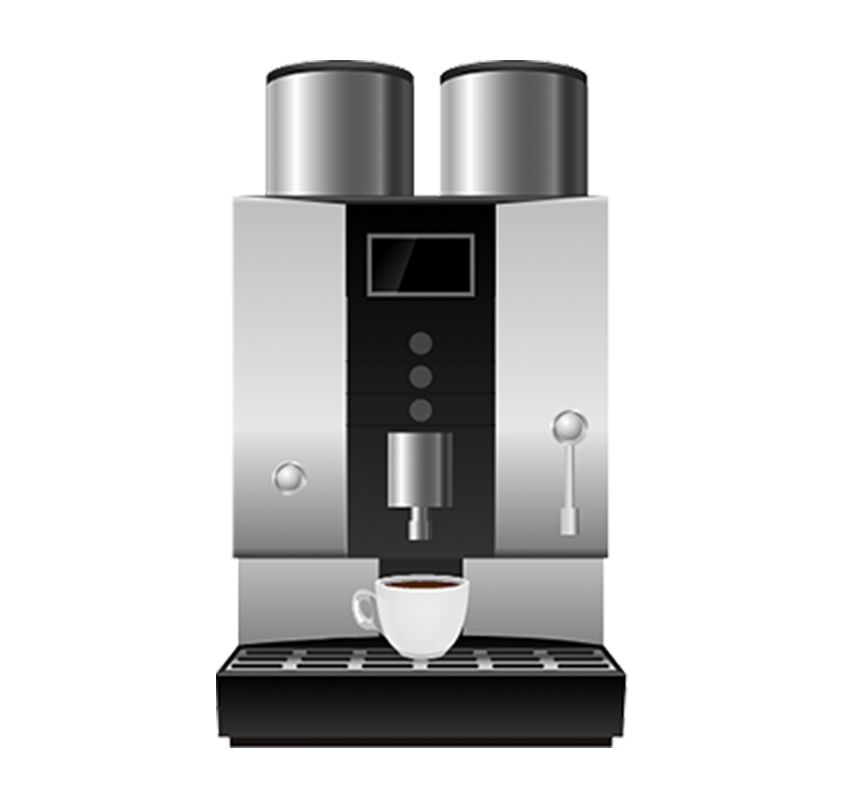
Coffee grounds detection

Various cup detection

Touchless switch
(hand detection)
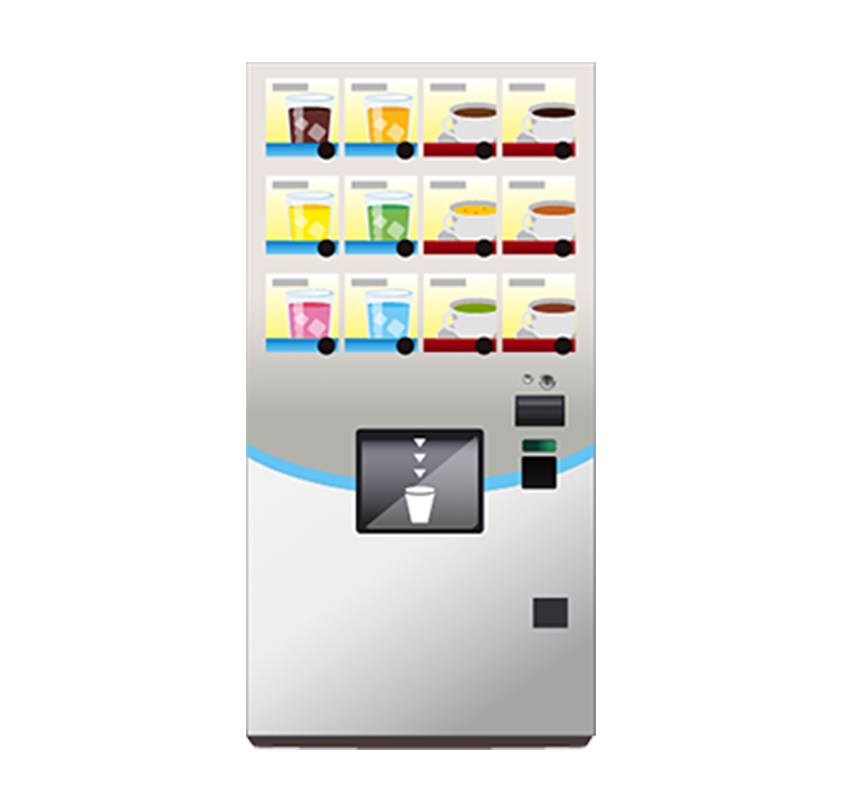
Detect cup dispenser door open

Example 1-07
Liquid Food Server
Various cup detection

Example 1-08
Sanitary Equipment A
Touchless switch
(hand detection)
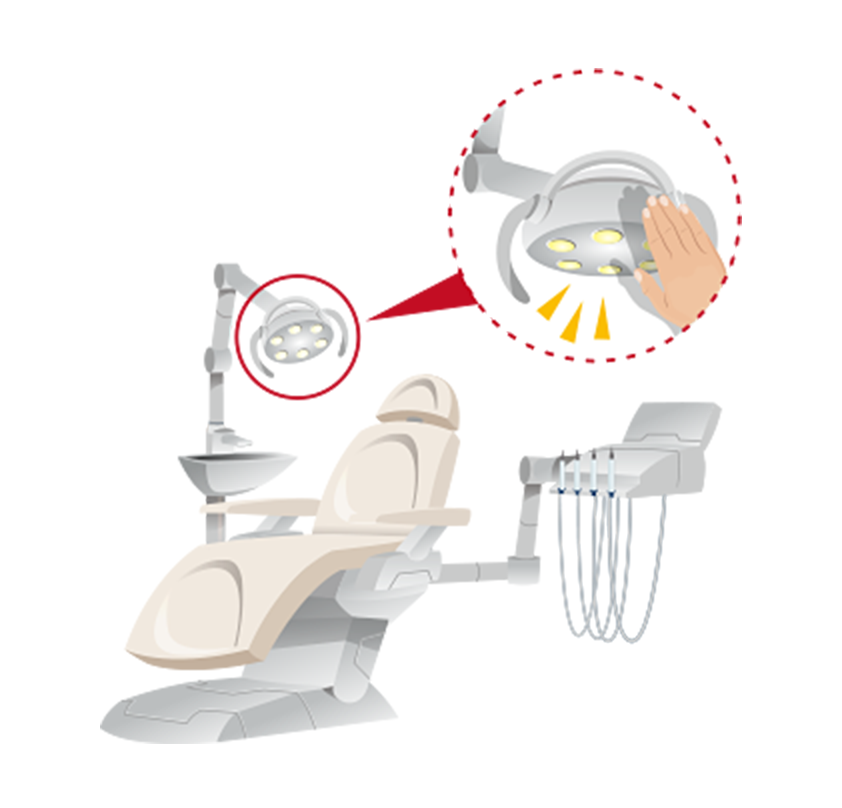
Example 1-09
Dental Clinical Unit
Touchless switch
(hand detection)
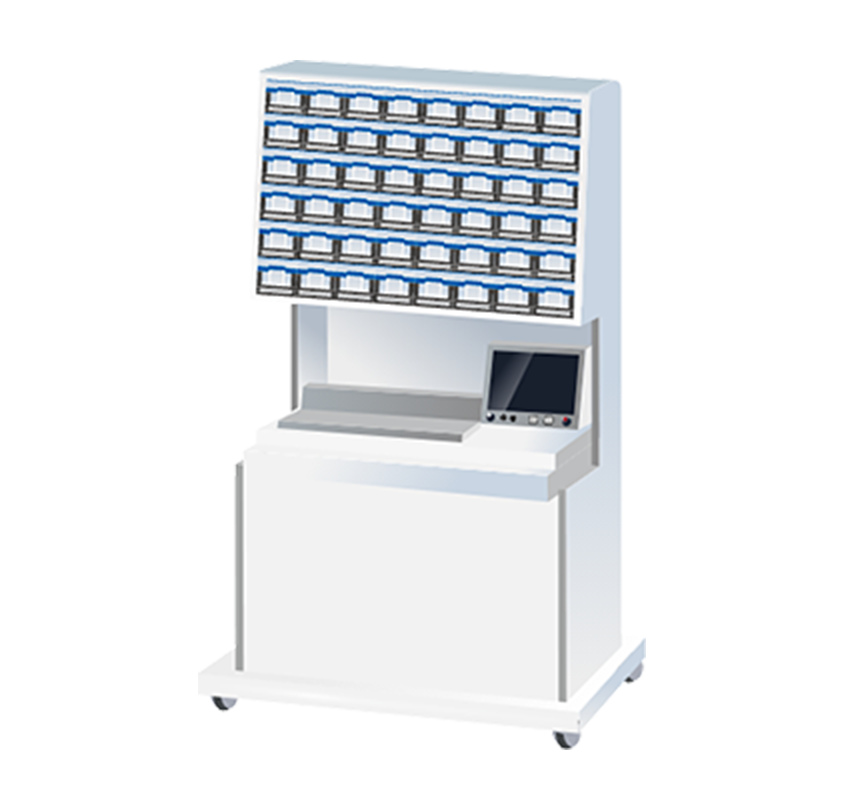
Various packing film detection

Example 1-11
Printing Equipment
Various printing forms detection
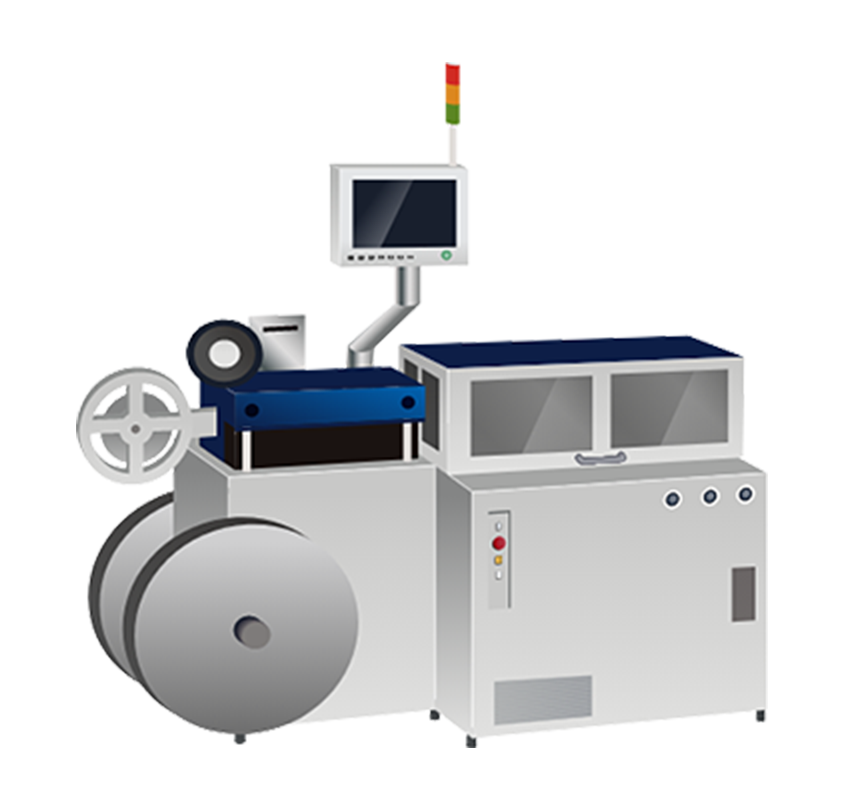
various trays & tapes detection
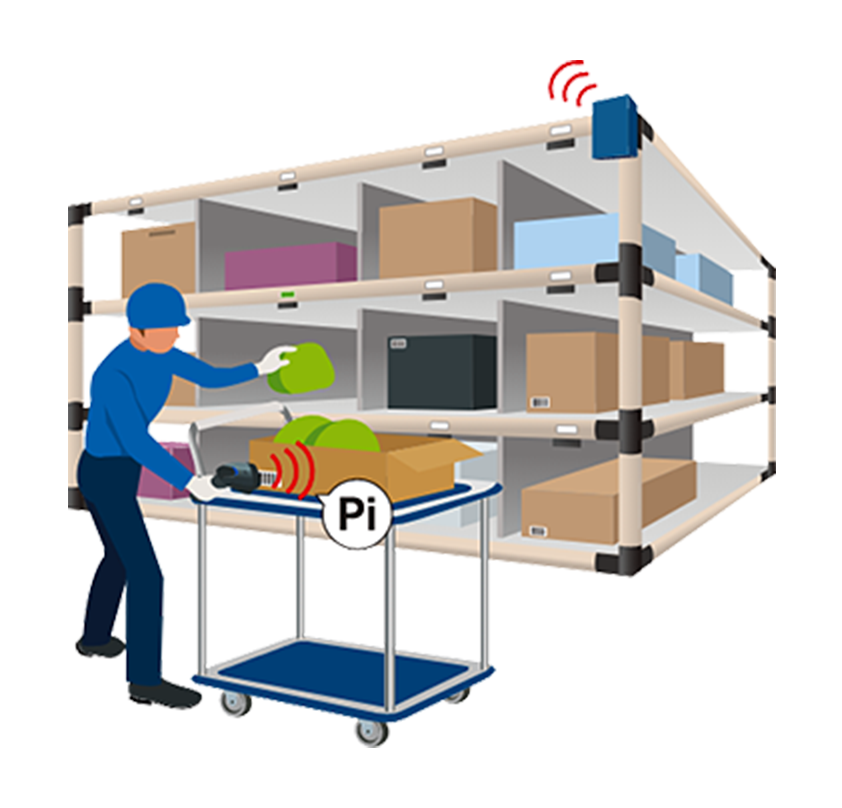
Touchless switch
(hand detection)

Example 1-14
Parts Transfer Device
Various trays detection

Example 1-15
Solar Cells Transfer Equipment
Detect passing of cassettes
Application Examples 2 - Use of light diffuse reflective sensors -

Example 2-01
Sanitary Equipment B
Touchless switch
(hand detection)

Example 2-02
Automated Guided Vehicle (AGV)
Detect obstacles
- How to stably detect an object using an optical sensor
- Stable detection with OMRON's reflective sensors!
- Features of Light Convergent Sensors
- Features of Light Diffuse Reflective Sensors
